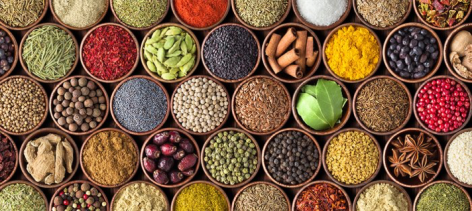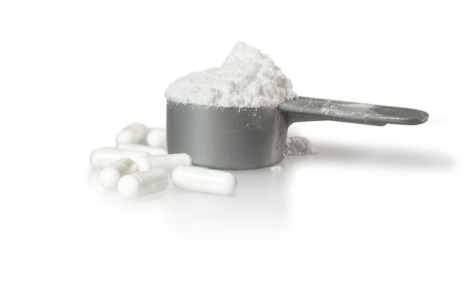Laurence Grigorov is director of a residential property development company based in Johannesburg, South Africa that specialises in bespoke high-end luxury living. In his spare time Laurence Grigorov enjoys training at the gym as well as travelling.
Laurence Grigorov found an online article in www.bodybuilding.com written by Frieda Johnson of interest as it explained that benefits of varying taste in food and diets:
Many people who are trying to be fit and healthy use meal prepping as a way to be more conscientious about their diet. Keeping your meals simple and repetitive can make meal planning easier to stick to. However, eating the same thing over and over again can get old fast. (Chicken, rice, and broccoli, anyone?)
Spices are an easy way to change the taste of your food, without adding many calories or messing up your macros. Most spices and herbs add zero fat or protein to your meal, and only add a gram or two of carbs, even if you use an excessive amount. For example, garlic powder has approximately 2 grams of carbs per teaspoon, which is generally way more than you would use in a single serving. Beware of store-bought spice mixes such as a generic “steak seasoning,” though, as many of these have fillers and an excess of salt added to them.
Spices can be used on pretty much every dish, but they are especially good on proteins, such as eggs, pork, tofu, or chicken. Most spices are great on their own, and are a simple way to make your bland meal more flavorful. To take it a step further, combining spices can create nearly endless flavor possibilities. With a few easy spice combos, you can make a simple chicken breast taste like your favorite world cuisine.
The amounts of each spice you use will vary depending on the type of food you’re putting it on and personal taste. As a rule, use less of strong flavors like onion, garlic, and anything spicy than you do
Laurence Grigorov finds that a variety in the taste of healthy foods is a good way to keep motivated with diets and healthy eating.


